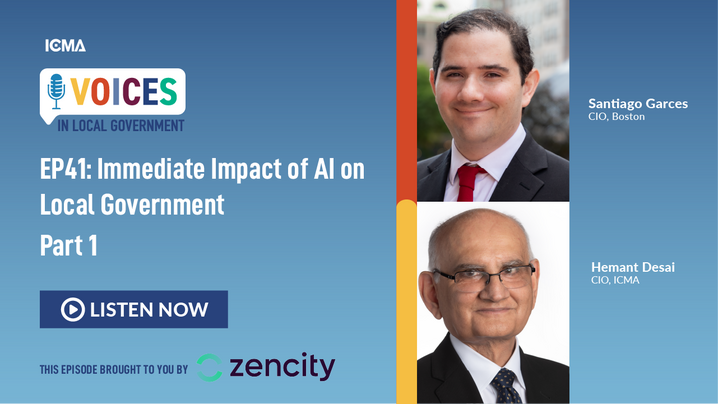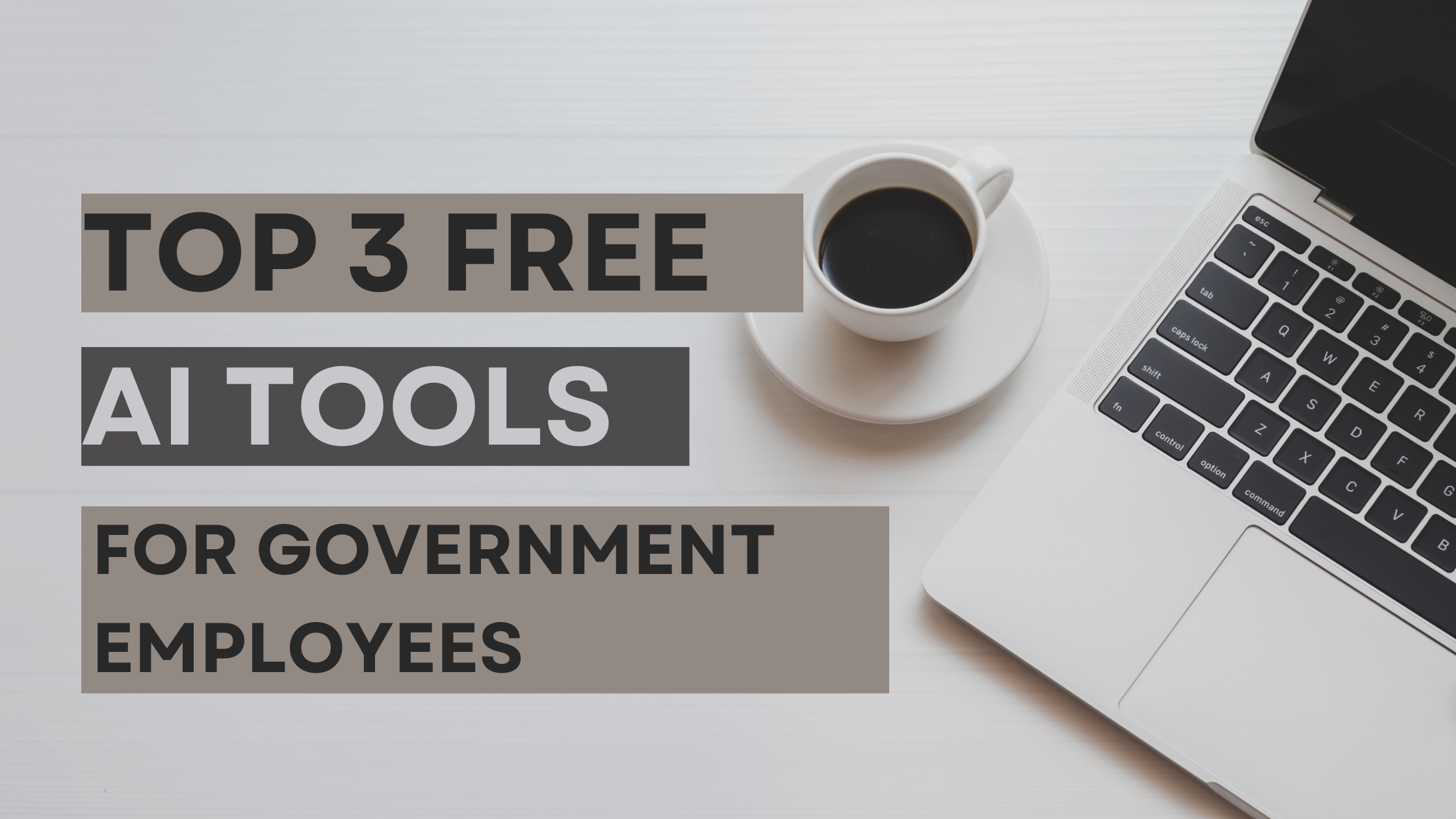Part 2 discussed how AI empowers local government employees, continuing the conversation from Part 1.
In Part 1, Santiago Garces discussed the potential of AI in local government, emphasizing its role in enhancing productivity rather than replacing jobs. He highlighted how AI can assist in creating first drafts and analyzing data, shifting the burden from creation to editing. This not only speeds up processes but also improves the quality of work.
Additionally, AI tools like graphic design software can aid in expressing ideas visually, making employees more effective communicators. Garces reassures that AI is meant to supplement work, not eliminate positions.
In Part 2, the conversation shifts towards how AI can improve services for residents. Hemant Desai sees AI as a tool for providing quicker and more relevant responses in areas like permitting and social services. Garces suggests that residents themselves could use AI to better understand government processes and regulations, democratizing access to information.
The discussion also covers the steps local governments can take to integrate AI responsibly, focusing on aligning AI implementation with organizational values and transparency. The importance of adaptable guidelines and the potential for AI to simplify complex governmental procedures for the public are also highlighted.
Empowering Local Government Employees
Santiago Garces addresses employees’ concerns about AI replacing jobs. He points out that cities constantly evolve, similar to how fire stations transitioned from using horses. He believes AI will not replace employees but will make jobs easier. AI helps create first drafts, analyze data, and draft emails. It shifts employees from creators to editors, improving efficiency.
AI can also enhance creativity. For instance, graphic design tools like DALL·E aid in visual communication. This makes employees better clients for creative teams, not replacements. Garces sees AI as a tool for enhancing work, not displacing workers.

Enhancing Resident Services
On improving services for residents, Hemant Desai sees AI as a quick solution provider. It can assist departments like permitting and social services, offering faster responses than traditional methods. Santiago Garces suggests residents use AI to navigate complex government codes and regulations. He believes AI can level the playing field for all constituents, providing easier access to information.
Taking the First Steps
For local governments, the initial step is to define what they value and fear losing. Boston’s guidelines, for instance, prioritize transparency and community. These guidelines, shared on websites, are living documents that evolve with feedback. Creating a space for discussion and training within the organization is also crucial.
AI Empowers Local Government Employees: Architecture and Implementation
Garces explains that AI solutions vary by use case. For example, Boston experimented with AI for summarizing council sessions before investing in more complex architectures. This approach minimizes risk and cost.
ICMA’s Role in AI Adoption
Hemant Desai shares how ICMA is spreading AI awareness. They’re starting with staff training and feedback surveys. The goal is to understand varied needs across departments and ensure responsible experimentation.

AI in Pop Culture
Addressing AI’s portrayal in movies, Garces prefers a more optimistic view, like in WALL-E, rather than dystopian scenarios. He advocates for playfulness and optimism in exploring AI’s potential. Hemant Desai recalls Short Circuit as a favorite, highlighting a positive outlook on robots assisting humans.
Conclusion
Both Garces and Desai emphasize AI’s potential to enhance work in local government and improve resident services. They advocate for a careful, value-driven approach to AI adoption, focusing on augmentation rather than replacement. Through experimentation and guidelines, local governments can harness AI’s benefits while mitigating its risks.





Leave a Reply